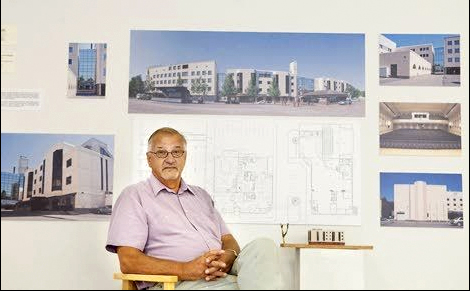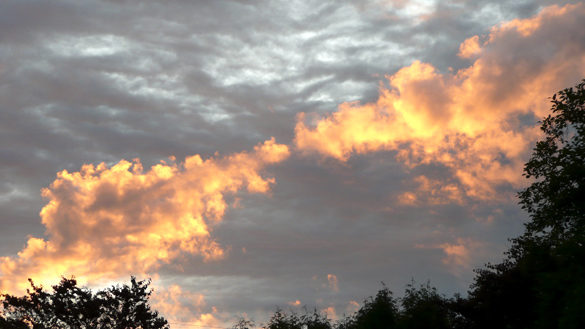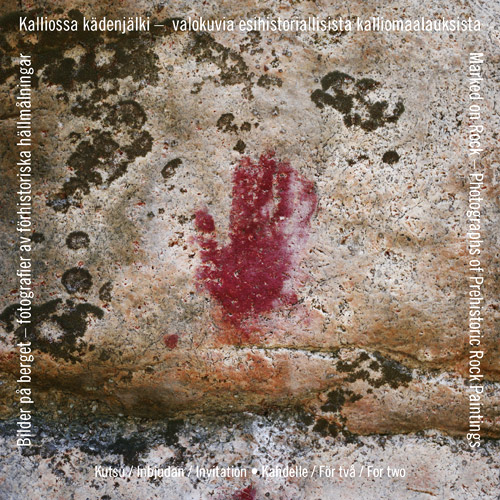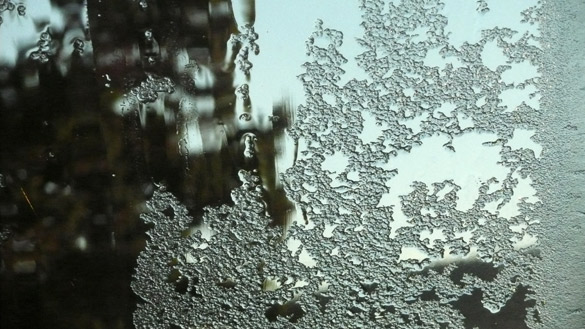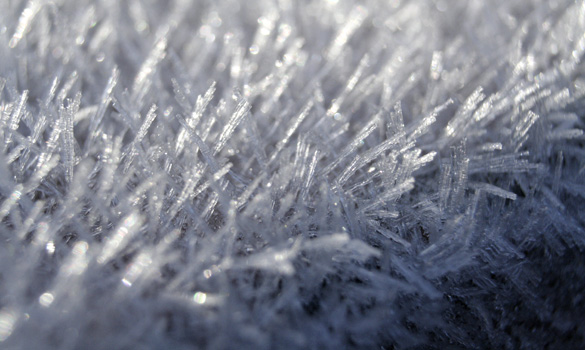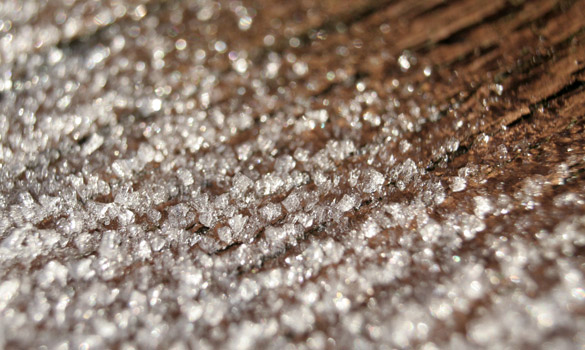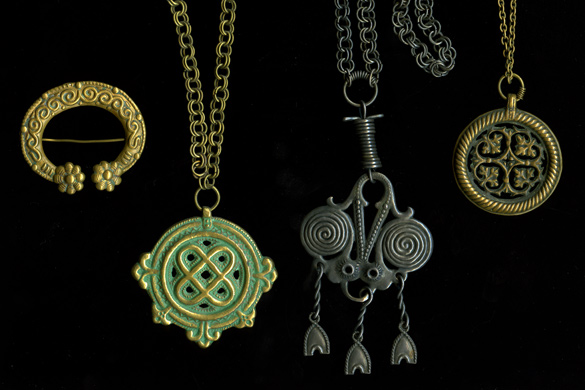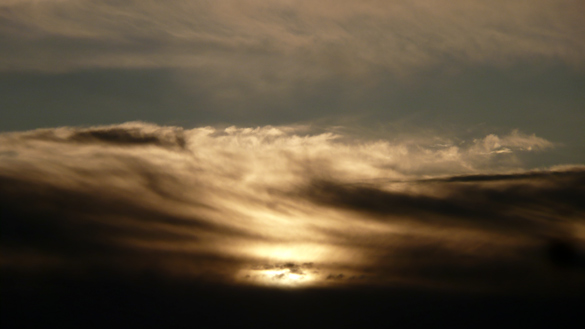Santa Lucia
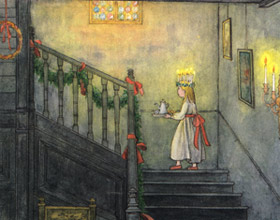
Illustration by Satomi Ichikawa in Merry Christmas – Children at Christmastime around the world (Wm.Heinemann, 1983)
in white dresses and red sashes…..
Today is Santa Lucia’s Day, celebrated by the Swedish and other Nordic communities. As I wrote a few years ago:
Lucia is the only saint celebrated by the Lutheran Swedes, Finns, Danes, and Norwegians, in celebrations that retain many pre-Christian elements of a midwinter light festival. Her feast day in the West is December 13, by the unreformed Julian calendar the longest night of the year. Lucia also means light, so this is a festival of lights in the dark northern countries. I find it fascinating how the many religious and pagan traditions meld and transform over time into our modern day celebrations.
A young maiden chosen as Lucia wears a white dress and red sash with a crown of candles and greens and leads a procession of other maidens in the same dresses minus the head candles. These processions may be in churches, schools and community halls including at our Scandinavian Centre last weekend and even as parades through towns and cities. Helsinki has an annual parade through the city.
Living in Canada, Lucia has been fairly unknown to me until reading and writing about it here the first time, and again here. The more I read, the more versions and interpretations I find. I rather like this one by Kalle Bergman.
If you aren’t already overwhelmed by too many links…. I keep thinking about light festivals, of which there are so many variations around the world… I love this spectacular one put on by Mother Nature. And listen to this beautiful Sancta Lucia song sung by Karita Mattila, the famous Finnish soprano. Happy Santa Lucia Day!

